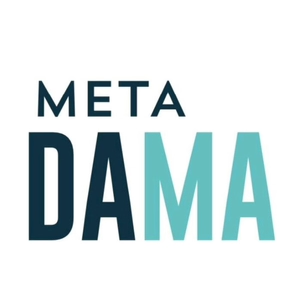
MetaDAMA - Data Management in the Nordics
Winfried Adalbert Etzel - DAMA Norway
This is DAMA Norway's podcast to create an arena for sharing experiences within Data Management, showcase competence and level of knowledge in this field in the Nordics, get in touch with professionals, spread the word about Data Management and not least promote the profession Data Management.
-----------------------------------
Dette er DAMA Norge sin podcast for å skape en arena for deling av erfaringer med Data Management, vise frem kompetanse og kunnskapsnivå innen fagfeltet i Norden, komme i kontakt med fagpersoner, spre ordet om Data Management og ikke minst fremme profesjonen Data Management.
All episodes
Best episodes
Seasons
Top 10 MetaDAMA - Data Management in the Nordics Episodes
Best episodes ranked by Goodpods Users most listened
No results found...
FAQ
How many episodes does MetaDAMA - Data Management in the Nordics have?
MetaDAMA - Data Management in the Nordics currently has 55 episodes available.
What topics does MetaDAMA - Data Management in the Nordics cover?
The podcast is about Non-Profit, Podcasts, Technology and Business.
What is the most popular episode on MetaDAMA - Data Management in the Nordics?
The episode title '2#6 - Ways of Working - Insight Factory (Nor)' is the most popular.
What is the average episode length on MetaDAMA - Data Management in the Nordics?
The average episode length on MetaDAMA - Data Management in the Nordics is 40 minutes.
How often are episodes of MetaDAMA - Data Management in the Nordics released?
Episodes of MetaDAMA - Data Management in the Nordics are typically released every 20 days, 15 hours.
When was the first episode of MetaDAMA - Data Management in the Nordics?
The first episode of MetaDAMA - Data Management in the Nordics was released on Jun 16, 2021.
Show more FAQ

Show more FAQ
Comments
0.0
out of 5
No ratings yet